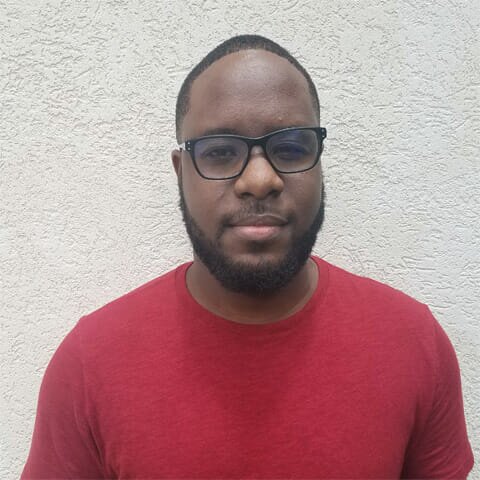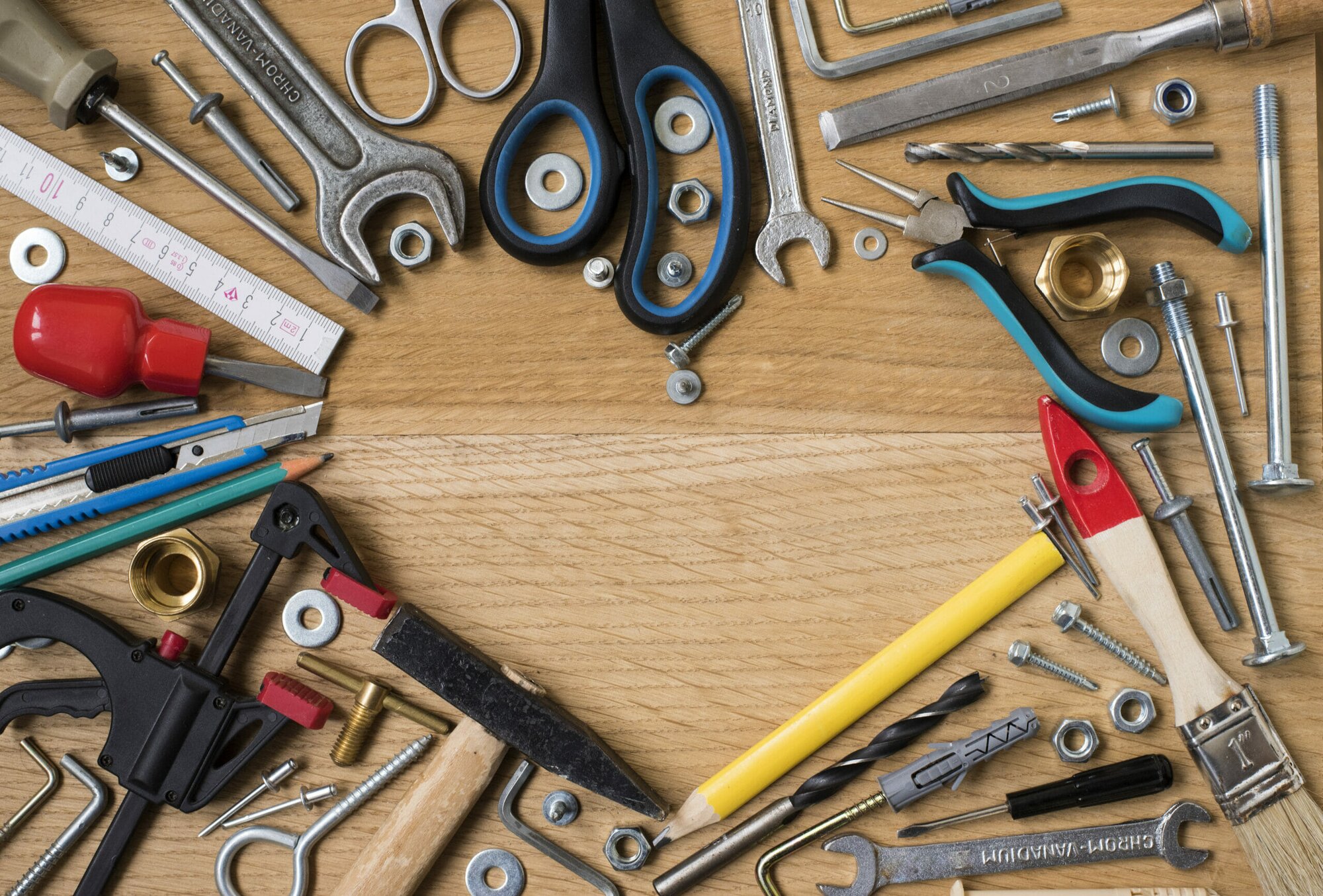In this ProductTank Exeter talk, Stephanie Hannon, then Senior Director of Product Management at Google, sits down with Thor Mitchell for a Fireside chat to discuss what it’s like being a product manager and the things she’s learned over her career.
Watch the entire session in full or read on for the key points and tips, including:
- Getting into product management
- The early days of product management
- Changes over time
- Software vs hardware
- Product managing in a crisis
- Prioritization
Getting into product management
Product managers come from a variety of backgrounds, and after being a software engineer for six years, Stephanie wanted to be responsible for a bigger piece of the puzzle. Having a love for communicating and people management and development, she felt that going down the product path would allow her to have more influence over strategy and be a part of designing and creating the product.
Stephanie joined Google as a product manager after her previous experience at Cisco — there, things were happening 1000 times faster. Despite it being the mid-2000s and product management as a role not being fully established in other places, at Google, it was well defined. Product managers are often told that they are mini CEOs and responsible for getting a product to market, despite not having direct authority over anyone, which was no different back then.
As Stephanie explains, “I think product management is building businesses and starting small and using 20% engineers and just trying to navigate how to get [some] small progress.”
Changes in product management over time
Going from a few thousand to over a hundred thousand employees meant that Google had changed quite a bit. Stephanie explains that the projects she was working on before were difficult to navigate. During her third round at Google, she was working on location services, which affected everything at the company. Even the slightest change could have a significant impact.
Her most recent work involved a project independent of Google and focused on Covid. As a project being done with Apple, Stephanie explains that they have had an interesting time navigating some of the cultural differences between the two tech giants, particularly around product planning times and roadmaps.
Product management in software vs hardware
Some of the biggest differences between product management in software vs hardware are lead times, the level of confidence, and the ability to make bets. In software, there is a lot of opportunity for iteration, fast learning, and experiments to see what works and what doesn’t. In hardware, bets need to be less risky due to the lack of flexibility in some cases.
Product managing in a crisis
Defusing problems and tension between team members and getting everyone focused on the job at hand and the action they can take is the main role of a product manager during a crisis.
Stephanie then mentions some of her experience working on Presidential campaigns in the US and how it differs from the UK, explaining the vast amount of products they were able to build for voter registration, analytics, data science, and storytelling.
Prioritization and handling failure
As Stephanie points out, the Presidential campaign was essentially the biggest startup in 2016. “I hired and fired 80 people, and we launched and then took down 55 products. It was like, on a scale that was so epic,” she said. There were many challenges to overcome, including creating culture, picking the right personnel, and figuring out what to prioritize and build.
On handling failure, Stephanie explains that it can be reflective, allowing you to figure out how to talk about what you learned as a product manager. The chat continued with a series of questions from the audience.
Enjoy more ProductTank content
ProductTanks are informal meetups, created by Mind the Product, to bring local product people together and to enable speakers to share amazing product insights. Today we have ProductTanks in more than 200 cities across the globe and there’s probably one near you.
Learn more about ProductTank – find your local meetup, explore more ProductTank content, see the latest ProductTank news, and discover ways to get involved!






